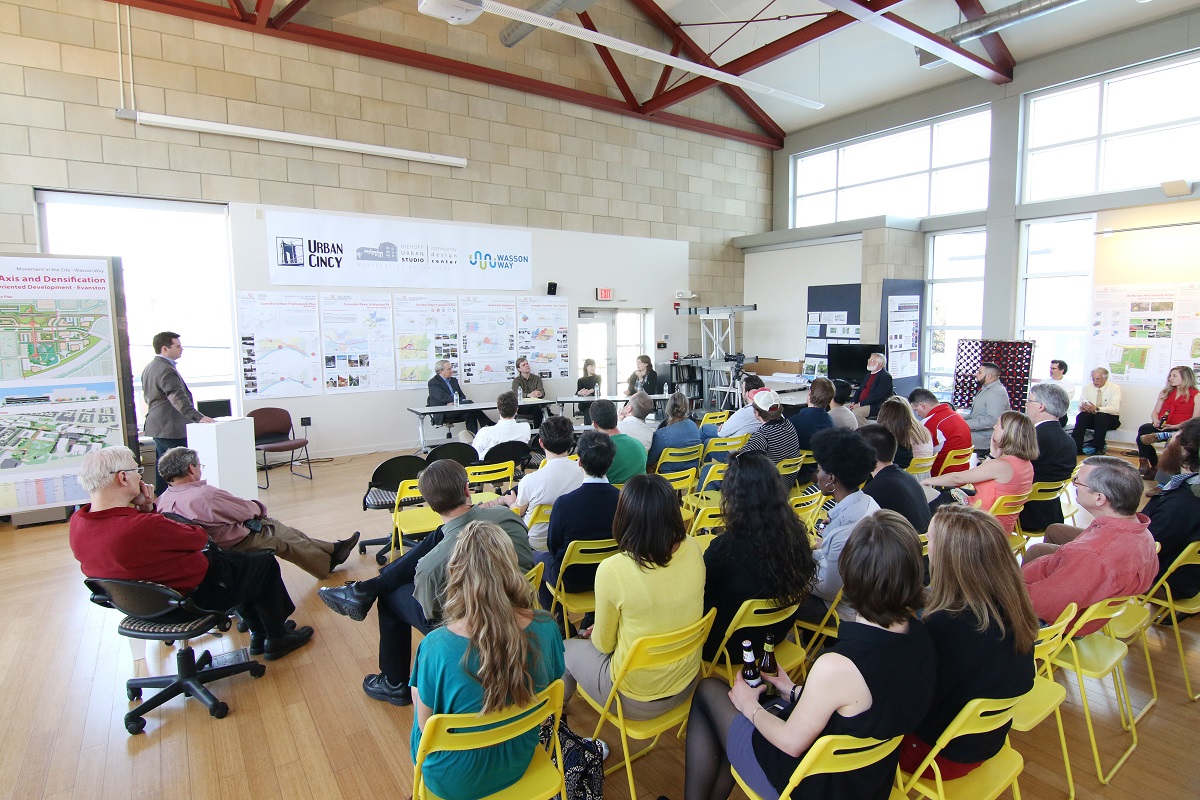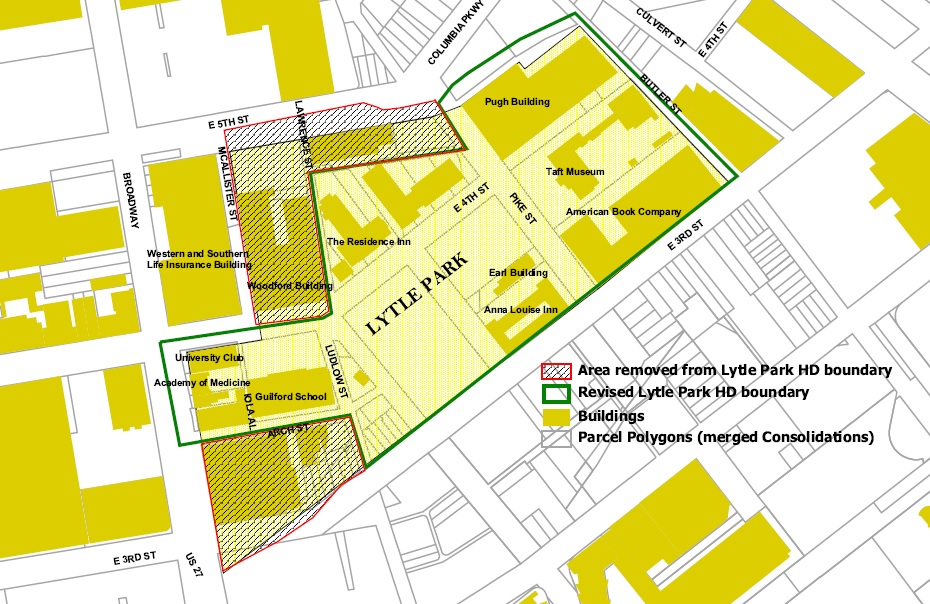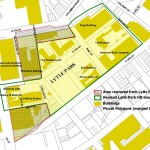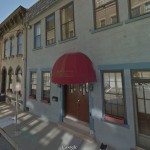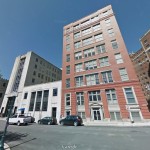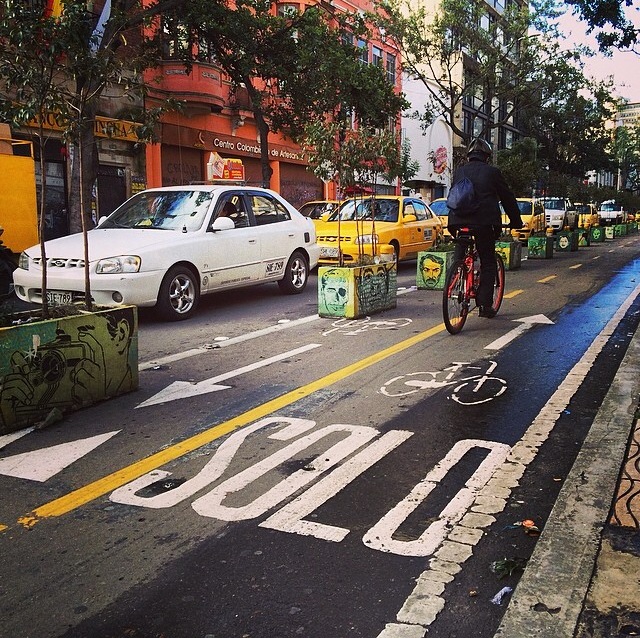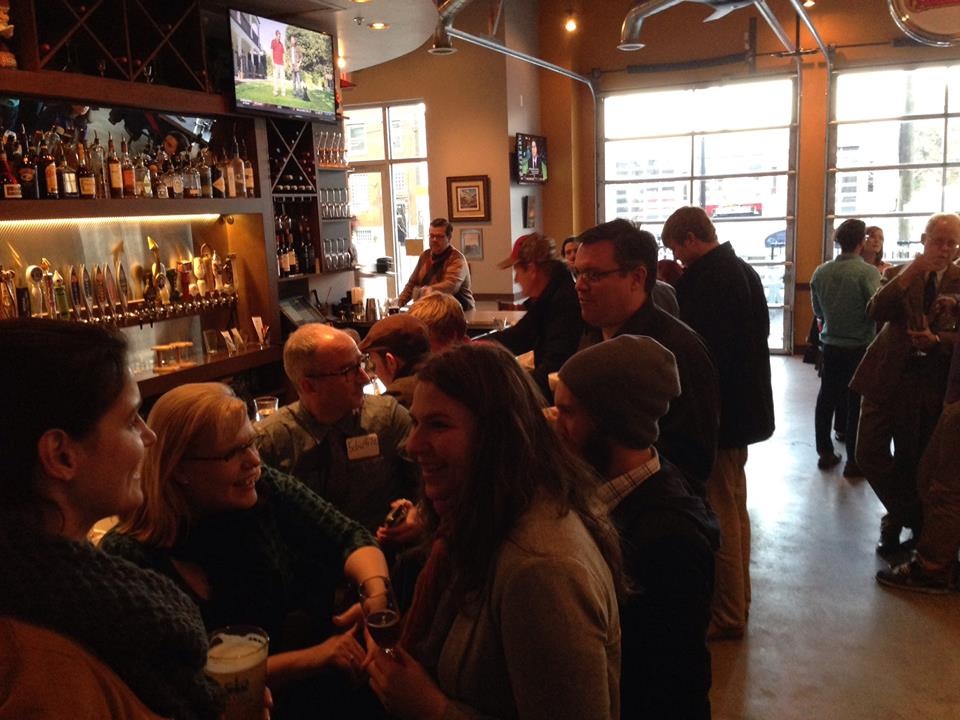Findlay Market business leaders and city officials gathered this morning on Elder Street to announce two new tenants that will soon open.
One of the new establishments will be the wildly popular Eli’s Barbeque, while the other is called Maverick Chocolate, which is a craft chocolate maker that will produce its product direct from cocoa beans at the shop.
The announcement comes following a several month-long renovation of three store fronts on the south side of the Market House. According to Findlay Market management, the City of Cincinnati’s Department of Trade & Development contributed approximately $500,000 to “whitebox” the three spaces – each of which is around 1,000 square feet in size.
“We’ve had a pretty significant amount of interest in these spaces, especially the final one of the three remaining,” Joe Hansbauer, President and CEO of Findlay Market, explained to UrbanCincy.
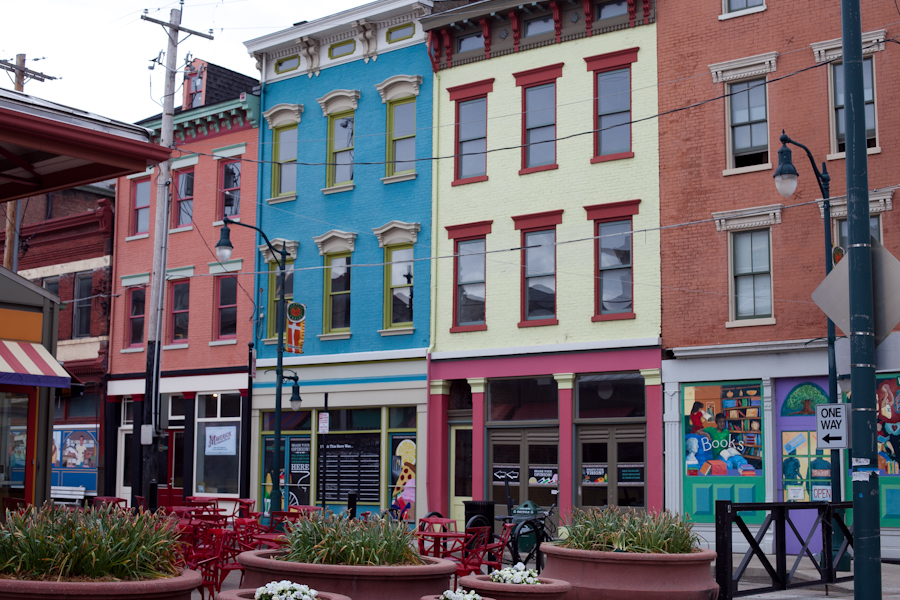
Hansbauer says that concept behind Maverick is similar to the craft coffee movement that emerged several years ago, and explained that this will be the first bean-to-bar chocolate manufacturer in Ohio.
Meanwhile, business leaders say that the real exciting thing about Eli’s, aside from the fact that they are returning to the place where they got their start years ago, is that they will stay open until 9pm six days a week.
“This will create an opportunity to generate a little more activity in the evening,” Hansbauer said. “We’re talking to some other tenants, mostly on the exterior of the Market House, where they may stay open later as well.”
While interest has been extremely high in the lone remaining space in between Eli’s and Maverick, Findlay Market management says that they are being selective with the eventual tenant for that space, and are hoping to fill it with something that is not already available at the market.
When asked what kinds of places they are seeking out, Hansbauer said that Findlay Market would love to add a smoked meat place that does their production on-site, a cookware store to compliment the market’s retail offerings, and a Hispanic grocer to help fill a gap in available food offerings.
A big goal, however, is to increase the amount of foot traffic and business activity on the quiet south side of the Market House, and improve visibility for existing businesses like Saigon Market and others.
Over the coming months, Findlay Market shoppers can expect even more changes as additional storefronts are built out on that side of Elder Street. Once all of this work is complete by the end of the year, Hansbauer expects all of the storefronts on the south side of the Market House to be occupied, with the exceptions of Luken’s cold storage building and Mr. Pig building.
One of the more prominent spaces he expects to fill up soon is the storefront at the corner of Race and Elder Streets, where the owners are looking for a café to set up shop.
“All of this will do a tremendous amount for creative foot traffic and creative vibrancy on that side of the market,” Hansbauer emphasized.
Since taking his post at Findlay Market last January, Hansbauer says that one of the challenges has been the growth in popularity of Ohio’s oldest public market. He says that there is constant interest in people wanting to open up stands inside the Market House, but no room for them to go since it is fully leased.
As a result, management and city leaders will be looking to expand the retail footprint out into the surrounding neighborhood.
“People are interested in buying and eating local, and that push has driven a significant increase in shoppers for us over the past couple of years,” Hansbauer concluded. “But the renaissance of Over-the-Rhine continues to benefit Findlay Market not only due to all the new residents, but also with those former shoppers who are feeling comfortable once again with coming to this neighborhood.”
Both Eli’s Barbeque and Maverick Chocolate signed three-year license agreements for their spaces. The third space included in this project is currently available and those interested in it can contact Joe Hansbauer at jhansbauer@findlaymarket.org or 513-604-7567.
